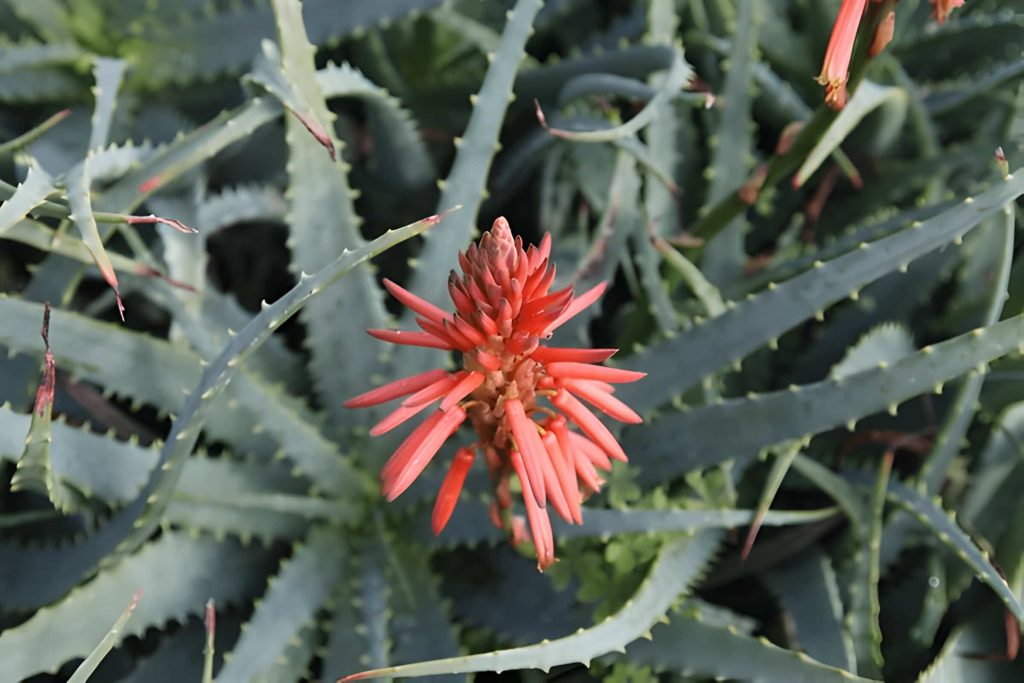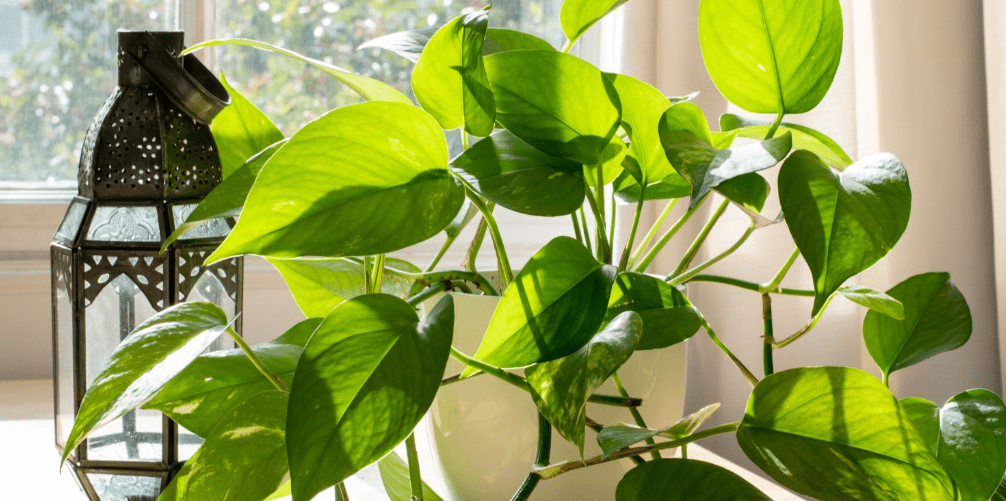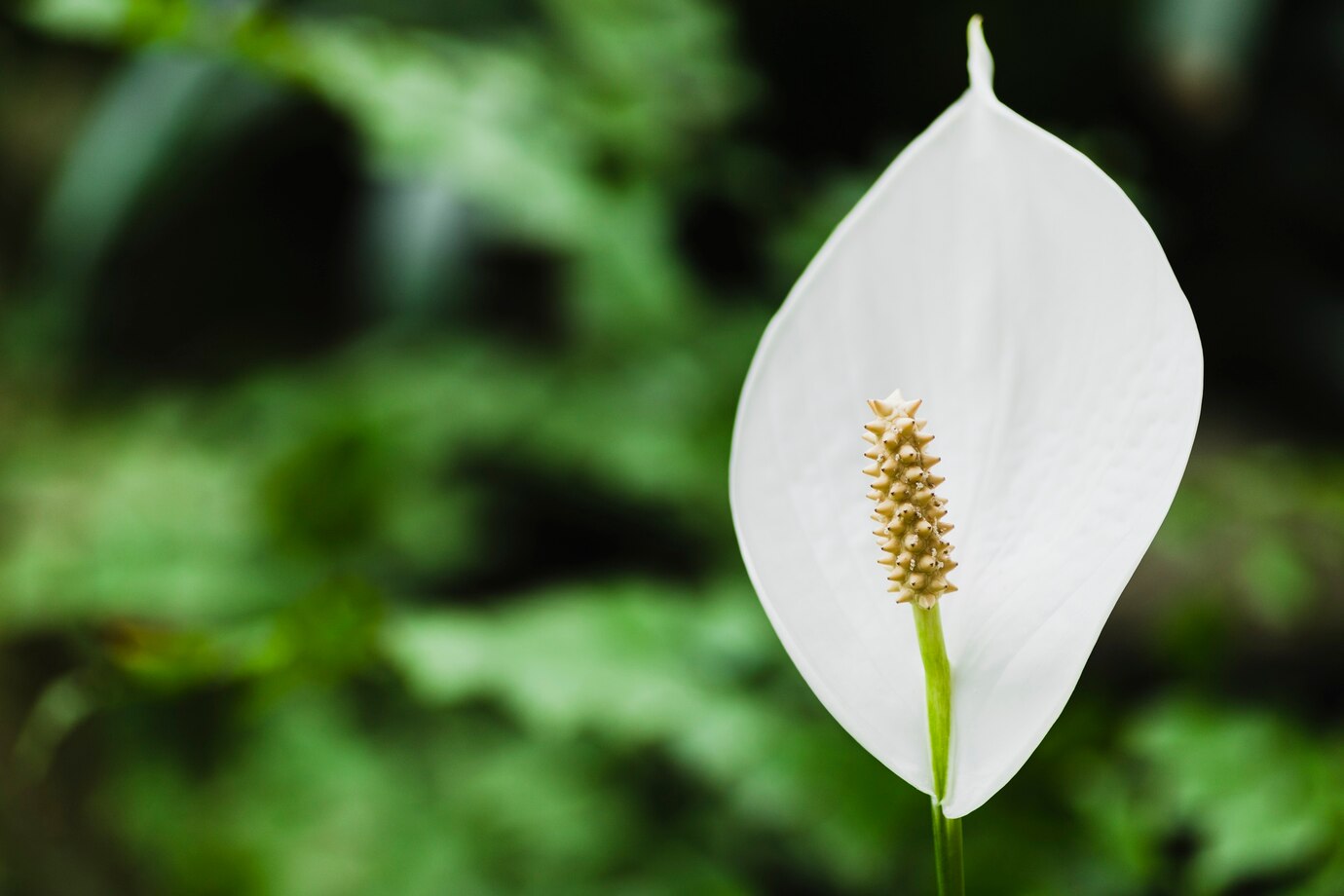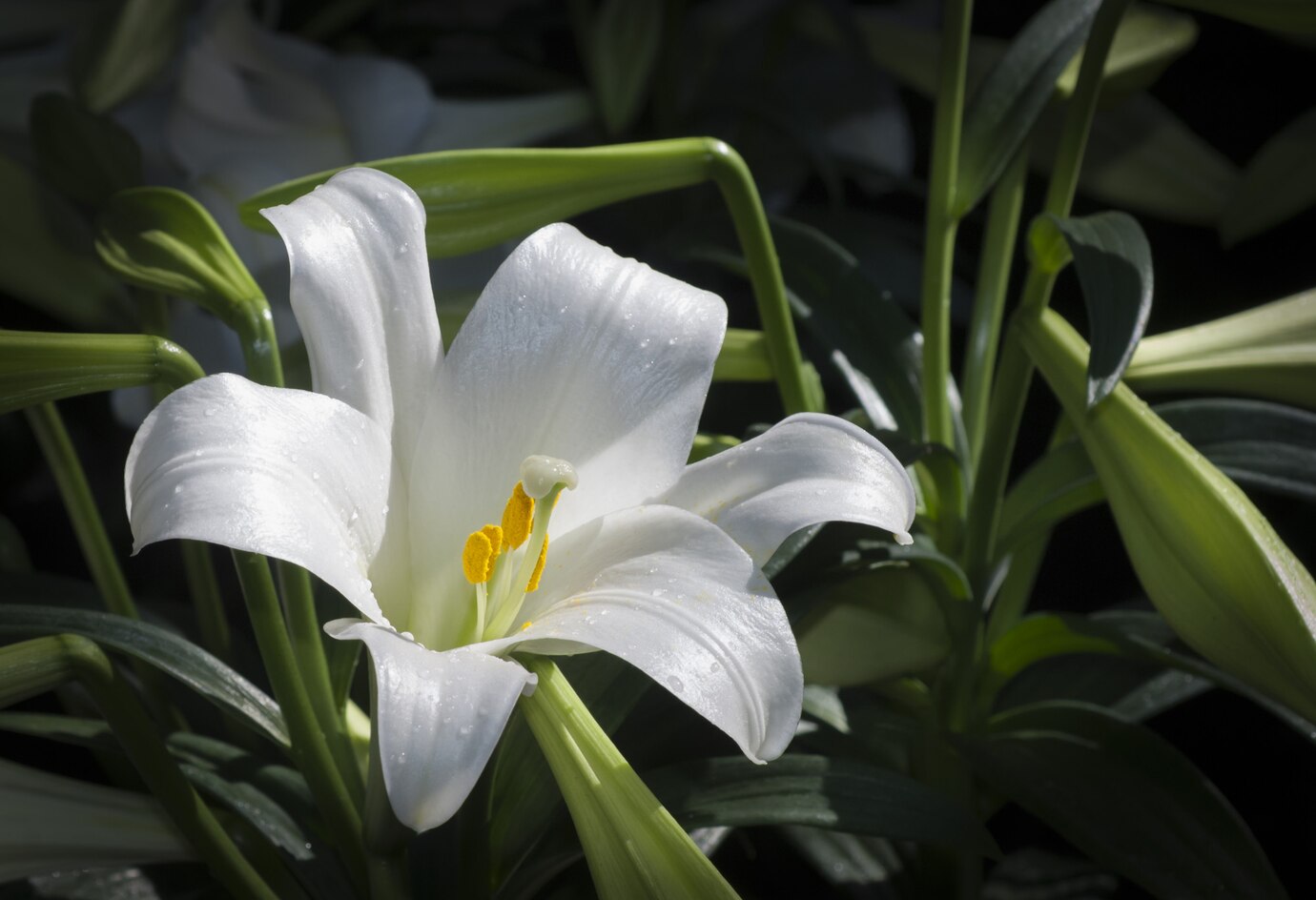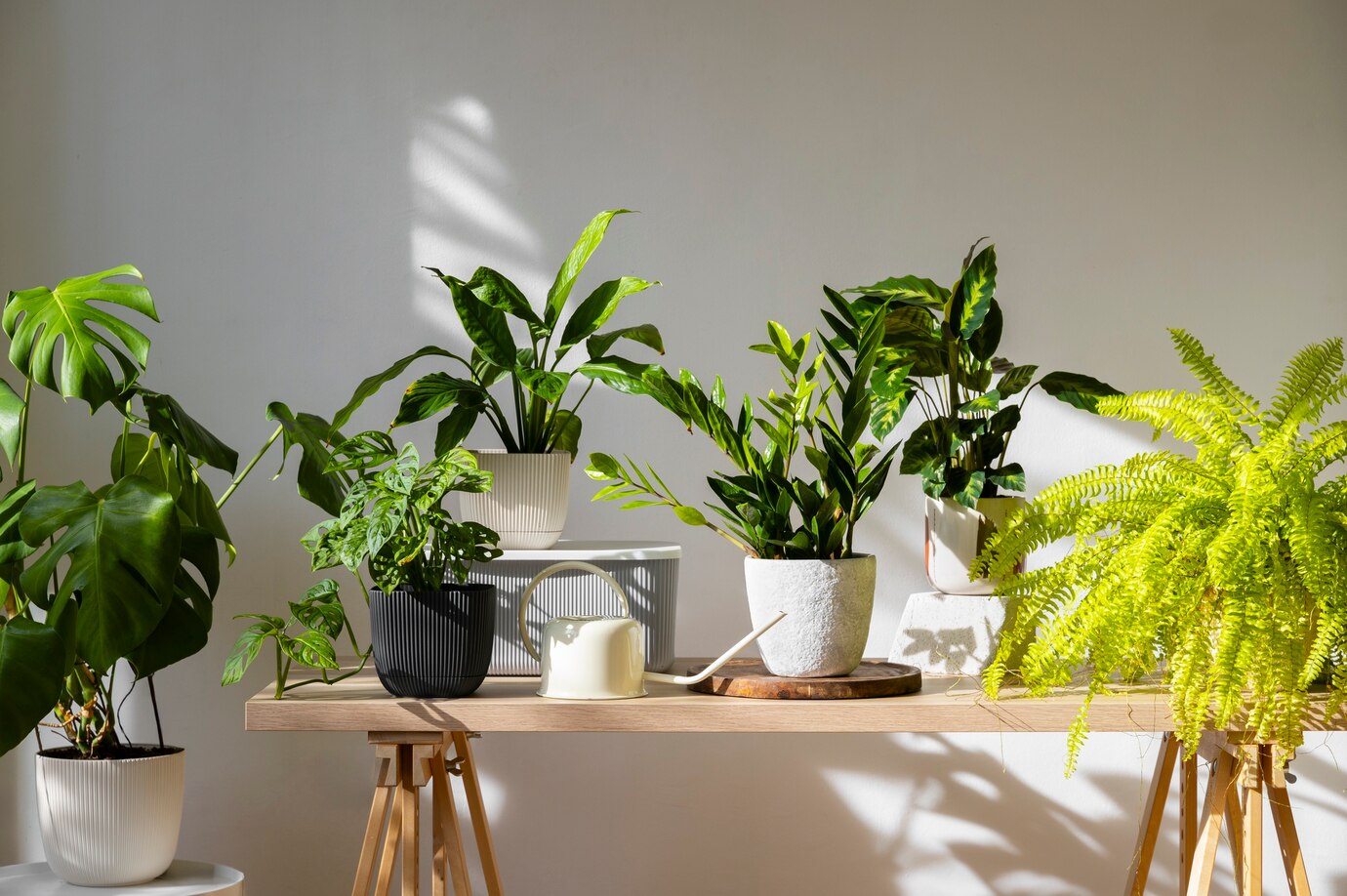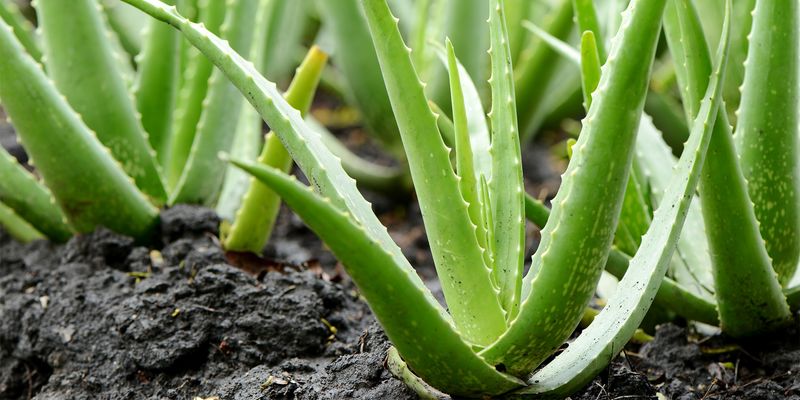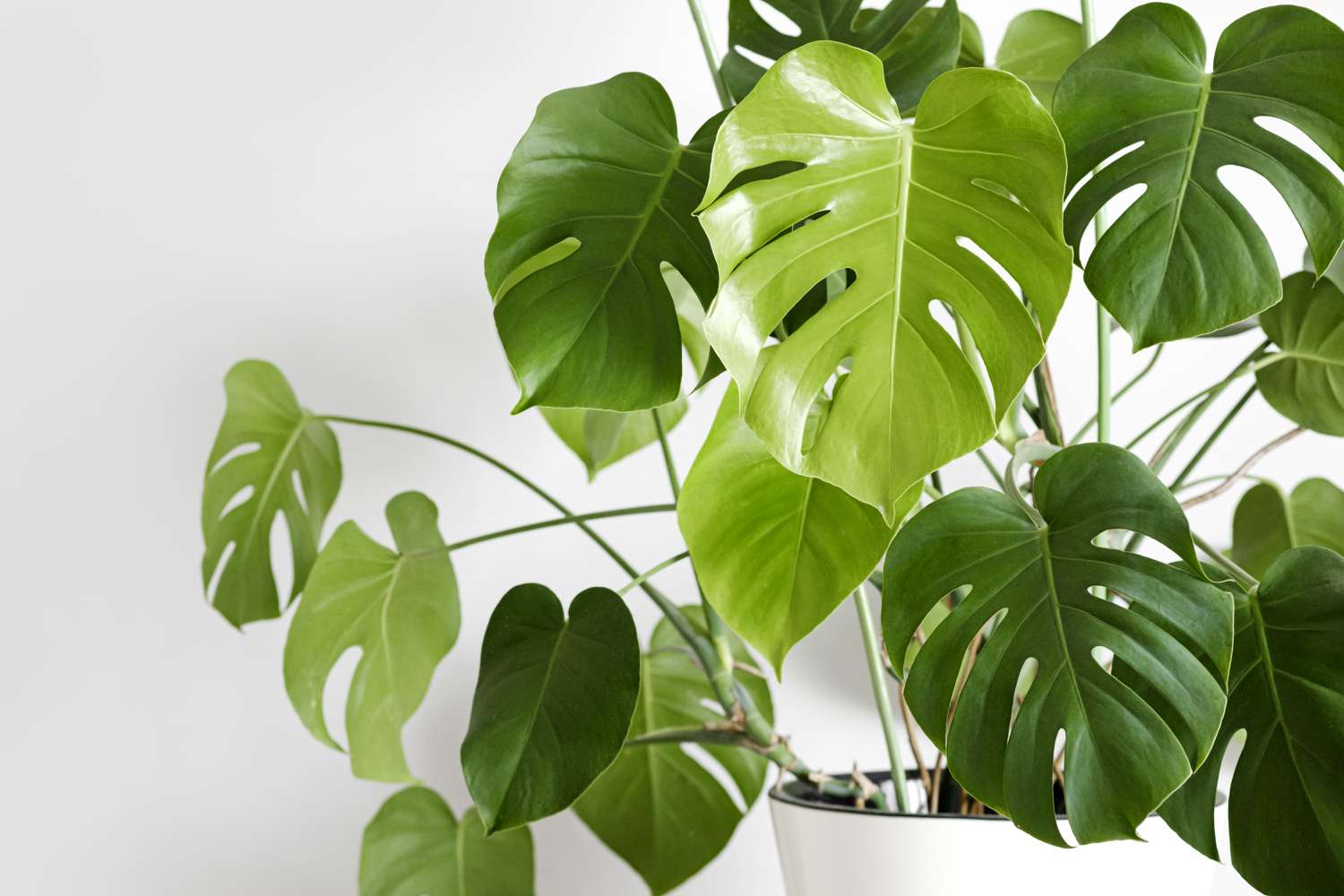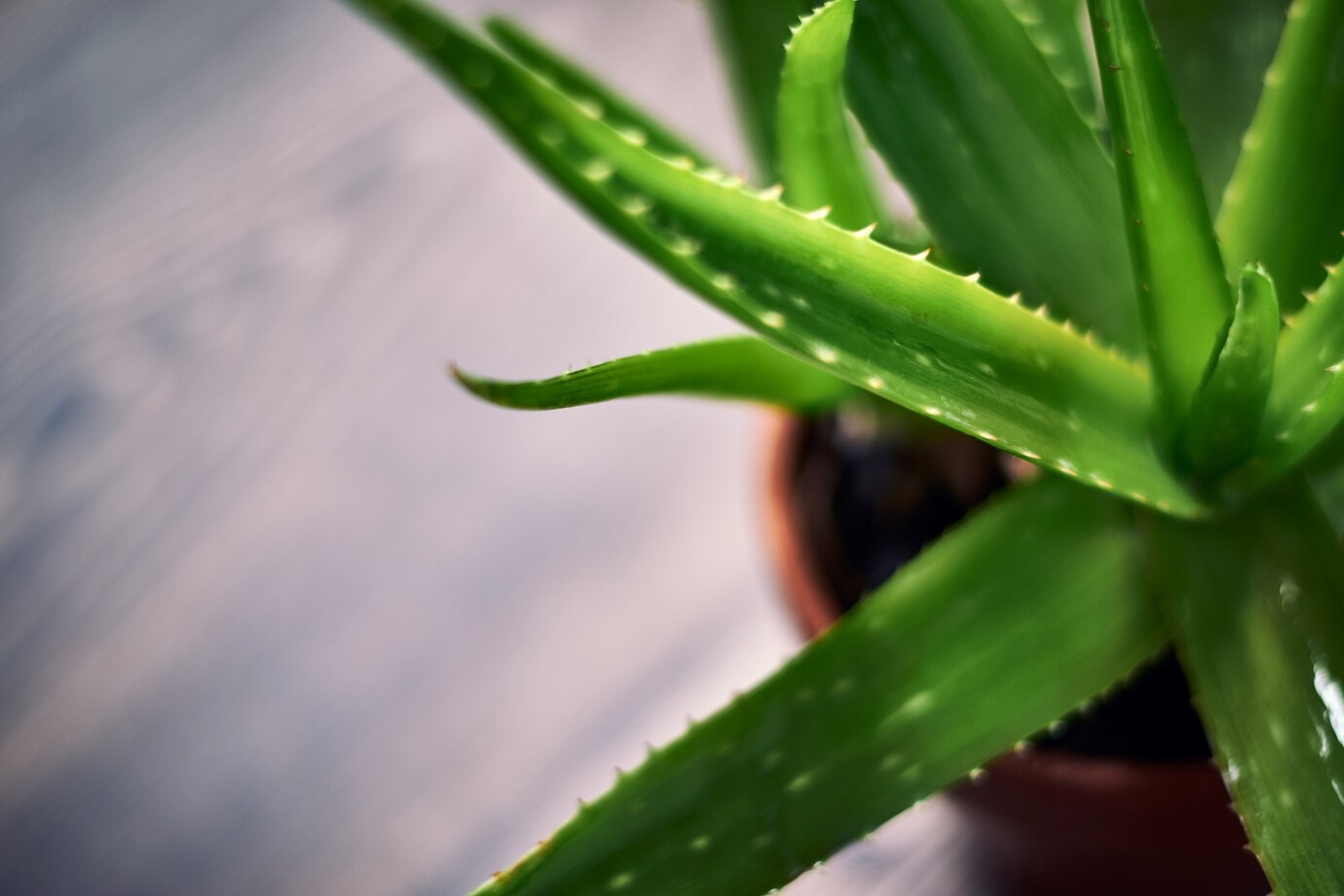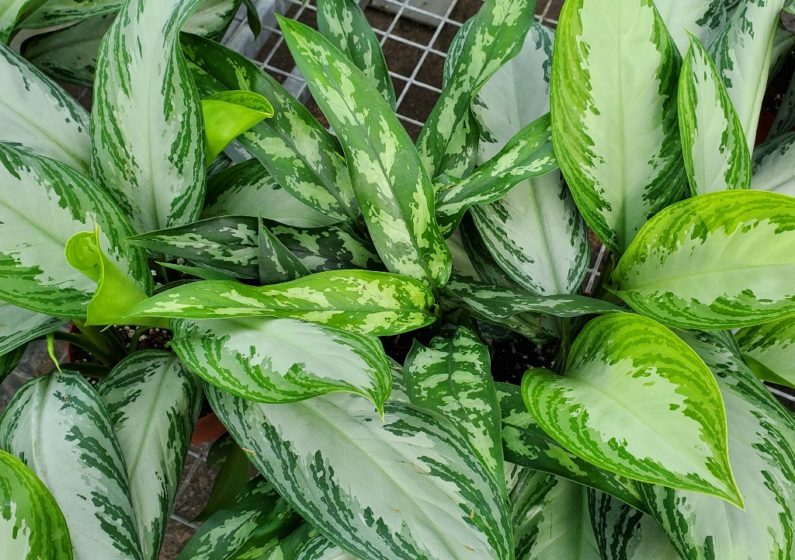Ever catch yourself staring at your aloe vera plant, curious if it will ever sprout anything beyond its thick, green foliage? While it’s widely admired for the healing gel inside its plump leaves, aloe vera can also produce vibrant blossoms. When it does flower, aloe reveals eye-catching blooms in different colors, depending on its variety—there are over 500 types out there.
Does Aloe vera bloom? Naturally, for any plant to blossom, the environment must be ideal. Try these tips to give your plant the right conditions to encourage flowering.
Table of Contents
ToggleAloe Vera Flower Requirements
Most plants don’t begin to bloom until they reach maturity and are ready for reproduction. For aloe vera, this typically means being at least four years old and in good health. Both of these depend on providing the plant with conditions that closely mimic its native environment.
In the wild, aloe vera thrives in dry, rocky regions with plenty of direct sunlight. To encourage blooming, your plant needs at least six hours of bright light each day, as too much shade can hinder the flowering process.
This sun-loving succulent prefers hot, dry climates, with optimal temperatures ranging from 70°F to 85°F during its active growth period. Exposure to temperatures below 55°F can cause stress and damage, so it’s best to protect the plant from cold conditions. During winter, water should be kept to a minimum, while in warmer months, the plant should be watered consistently but sparingly to avoid overwatering.
When you give proper care for aloe vera it often rewards you with tall, tubular flowers in late spring or early summer.
What Does an Aloe Flower Look Like?
When aloe vera reaches maturity, it can produce eye-catching clusters of tubular, spiky blooms that grow on tall stalks extending above its dense rosette of fleshy green leaves. The flowers are typically arranged in cone-like groups and vary in color. You might see blossoms in vibrant shades of yellow, orange, red, white, or even soft pink, depending on the specific type of aloe.
Mature aloe plants can produce brightly-colored clusters of spiky, tubular flowers arranged on long stalks that rise above its rosette of thick, green leaves. Depending on the variety, aloe vera flowers can come in a range of different colors, including yellow, orange, red, white, and even pink.
How to Get Your Aloe Vera to Bloom
If you’re hoping to see your aloe vera burst into bloom, the key is to recreate the warm, sunny, and dry environment it naturally thrives in. While it’s more common for aloe plants to flower outdoors, especially in warm climates, coaxing a potted indoor aloe to bloom isn’t out of reach. It just takes the right care and patience.
Here’s how to help your aloe vera plant flower, whether it’s growing inside or outside:
- During the growing season, feed the plant once a month with a liquid fertilizer labeled 10-40-10, diluted to half strength. Overfeeding can actually hinder flowering.
- Aim to give your aloe at least six to eight hours of direct sunlight daily. This is easier outdoors, but you may need to get creative indoors.
- Shift the plant between sunny windows to catch the strongest morning, midday, and afternoon sun. South- or west-facing windows usually work best.
- If natural sunlight is limited, supplement with an indoor grow light to provide adequate brightness and warmth.
- Keep the environment between 55°F and 85°F. Once outdoor temperatures stay consistently above 70°F, consider placing the plant outside for more sun exposure.
- Reduce watering in winter. In spring and summer, water deeply but infrequently only when the soil is completely dry.
- Use a pot with drainage holes and a fast-draining soil mix. Aloe vera roots hate soggy conditions.
- Never expose aloe vera to freezing temperatures, as frost can severely damage the plant.
You can also Propagate Aloe Vera to make new healthy plants that may also bloom under the right conditions.
How Often Does an Aloe Vera Plant Flower?
Once aloe plants reach maturity, usually around four years of age, they often bloom at least once annually. A tall flowering stalk, or inflorescence, emerges from the center of the spiky leaf rosette. These vibrant blooms typically last for 2 to 3 weeks before fading as seed pods begin to develop. In consistently warm, tropical regions, aloe plants might even flower two or three times during a single growing season.
Outdoor aloes exposed to ample sunlight are most likely to flower during summer. On the other hand, indoor aloe plants rarely bloom. However, in rare cases where a potted aloe receives enough warmth and bright light year-round, it may reward you with a single annual bloom during summer.
FAQ
Should you trim off an Aloe Vera flower?
When your aloe vera has finished flowering, removing the spent flowers is a good idea. It will prevent the plant from expending energy on seed production and allow it to redirect that energy toward new growth.
To cut the flower, simply trim the stalk where it meets the base of the plant. Don’t worry—your aloe vera will bloom again in the future.
At what age does Aloe Vera flower?
Aloe vera plants typically begin flowering once they reach at least four years of age. The plant must mature and grow in the right environment for blooming.
How often does Aloe Vera bloom?
Aloe vera usually blooms once a year, lasting two to three weeks. However, aloe plants may bloom multiple times during the growing season in tropical climates.

